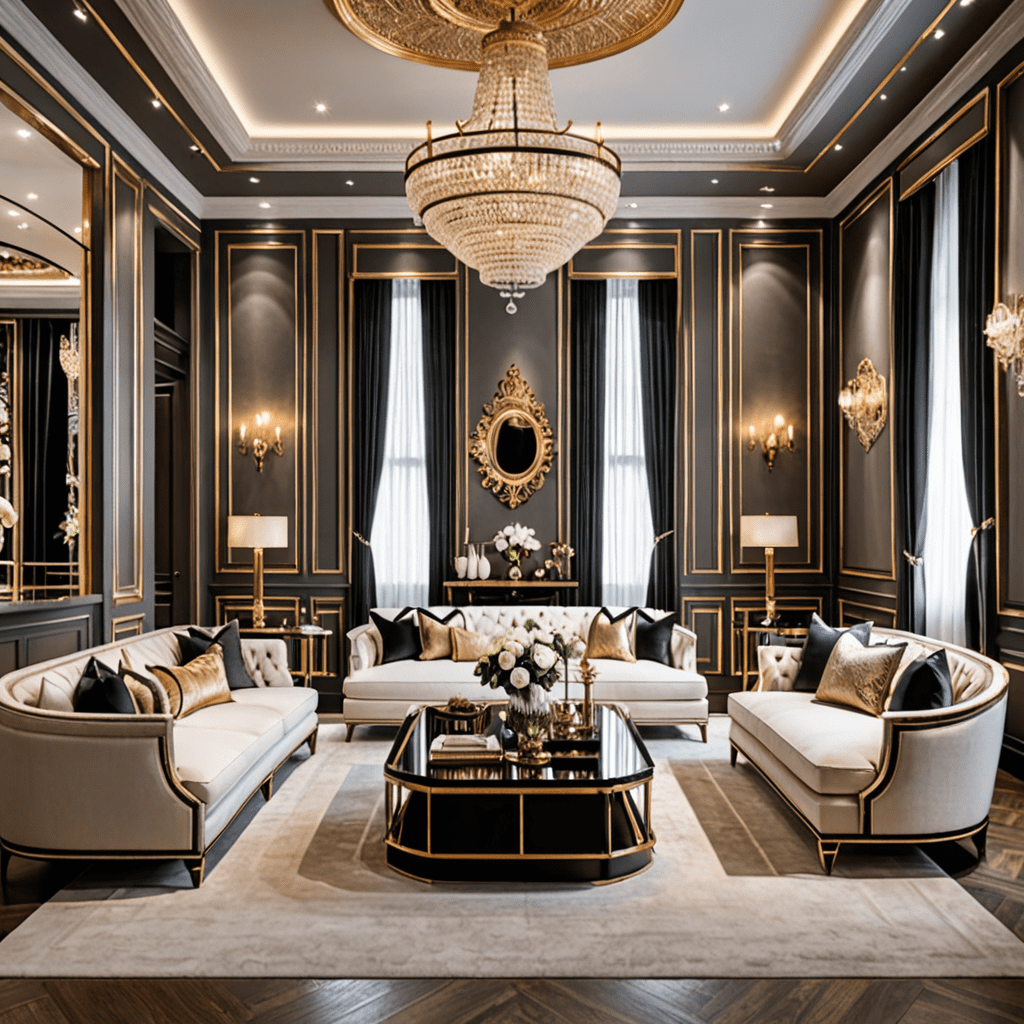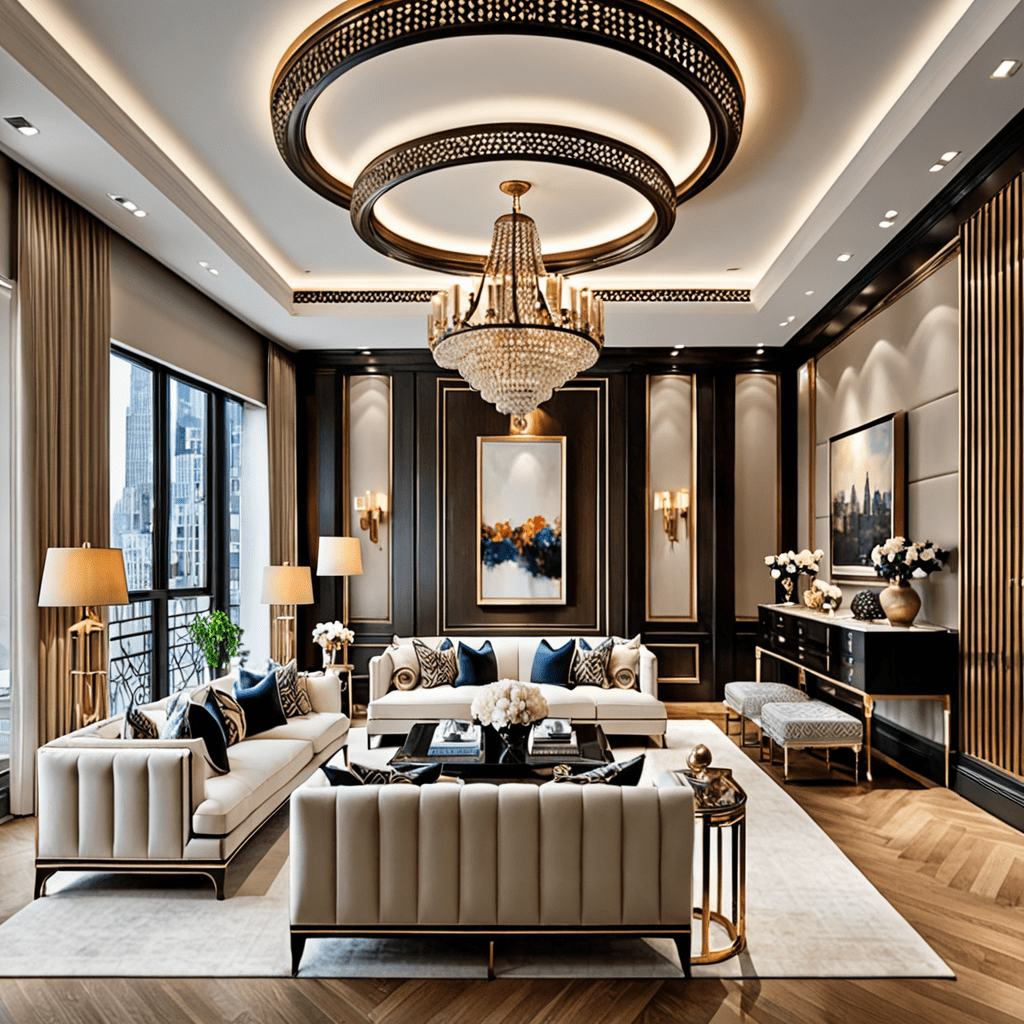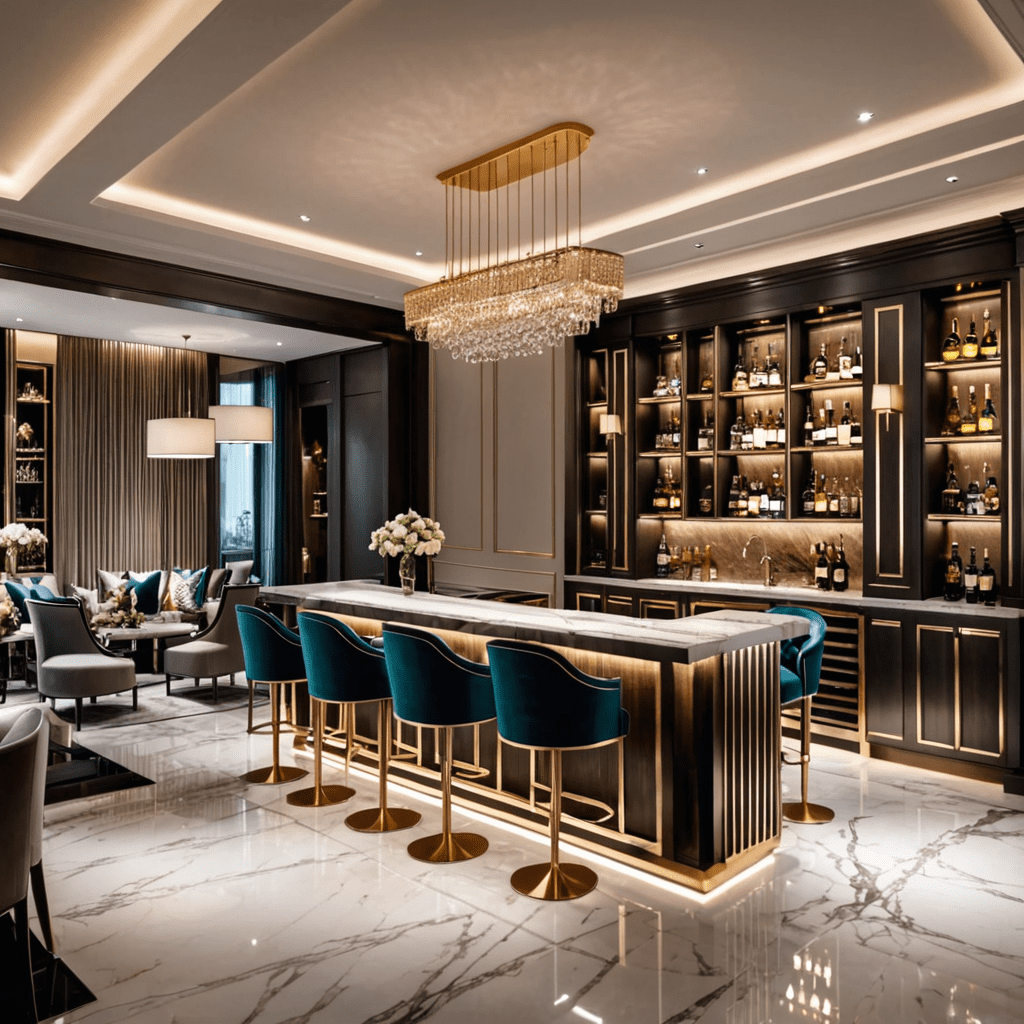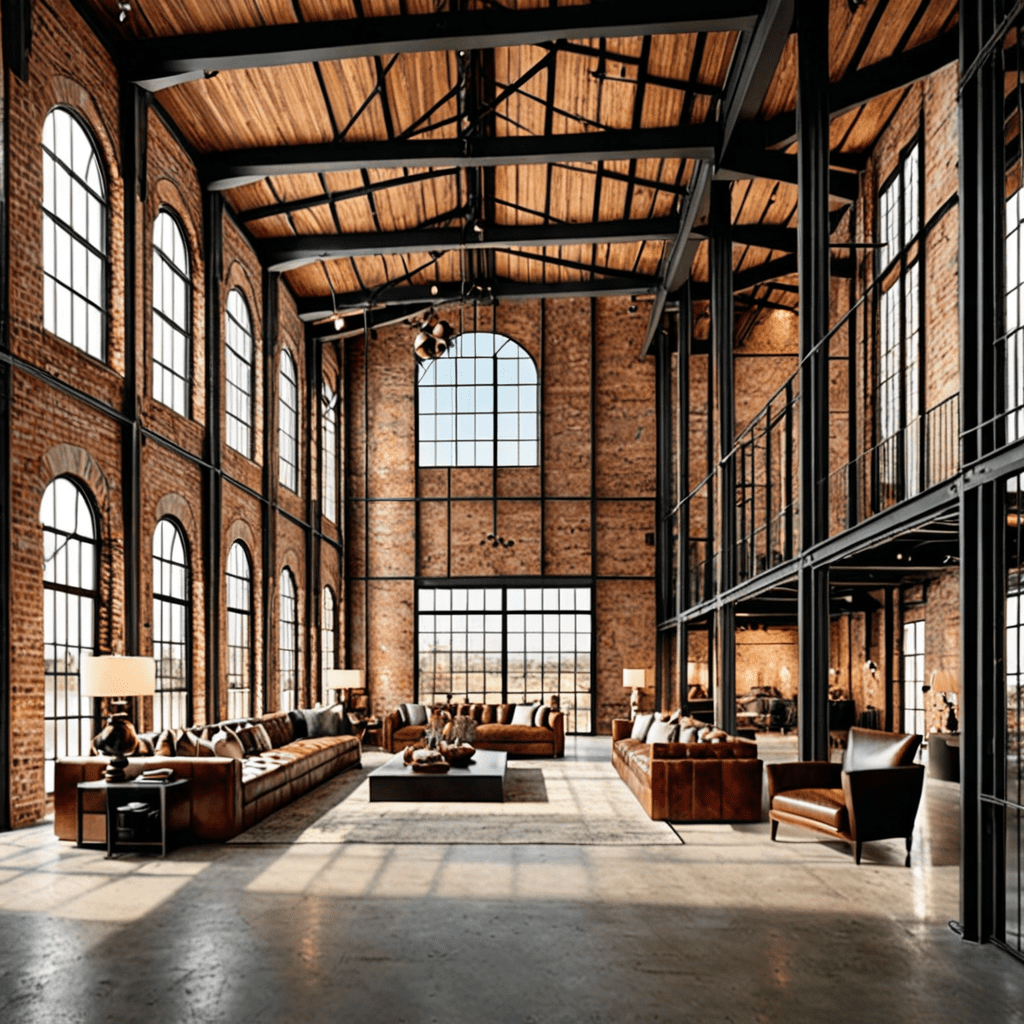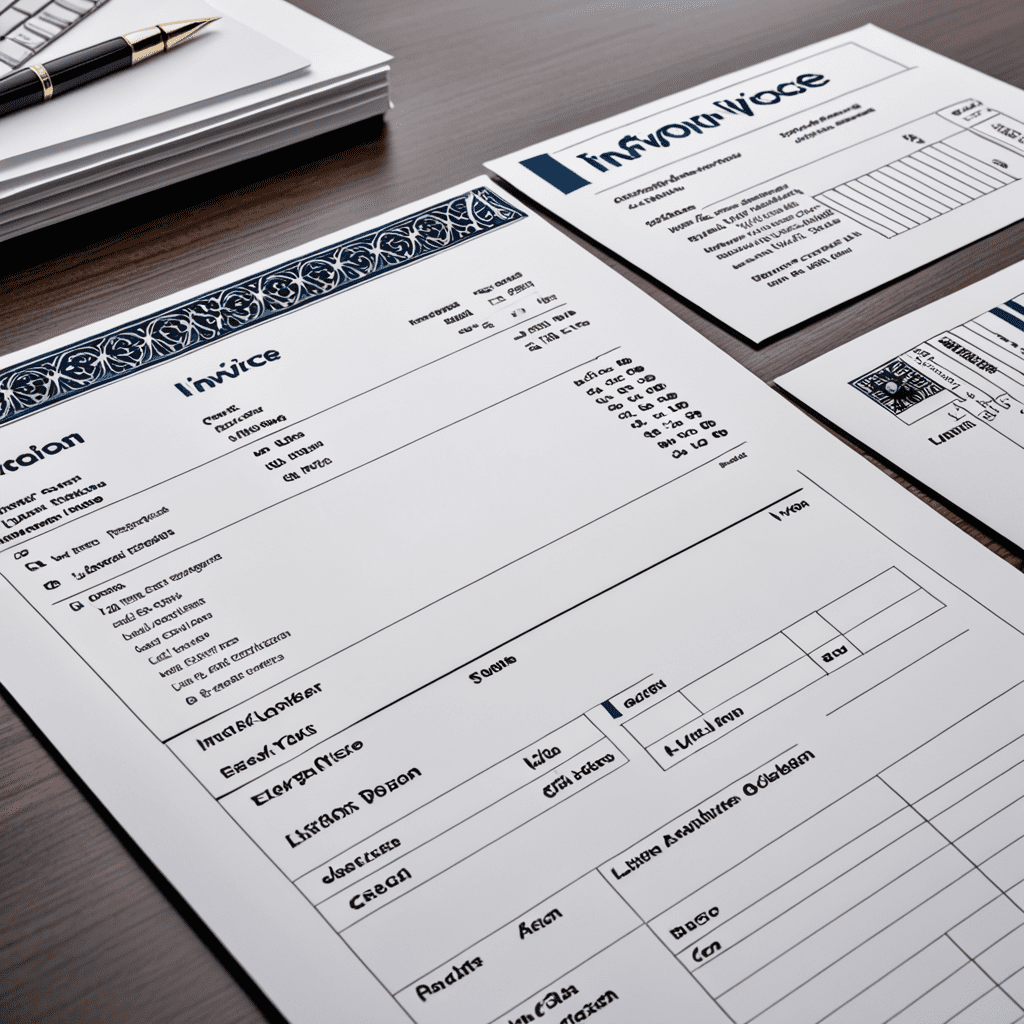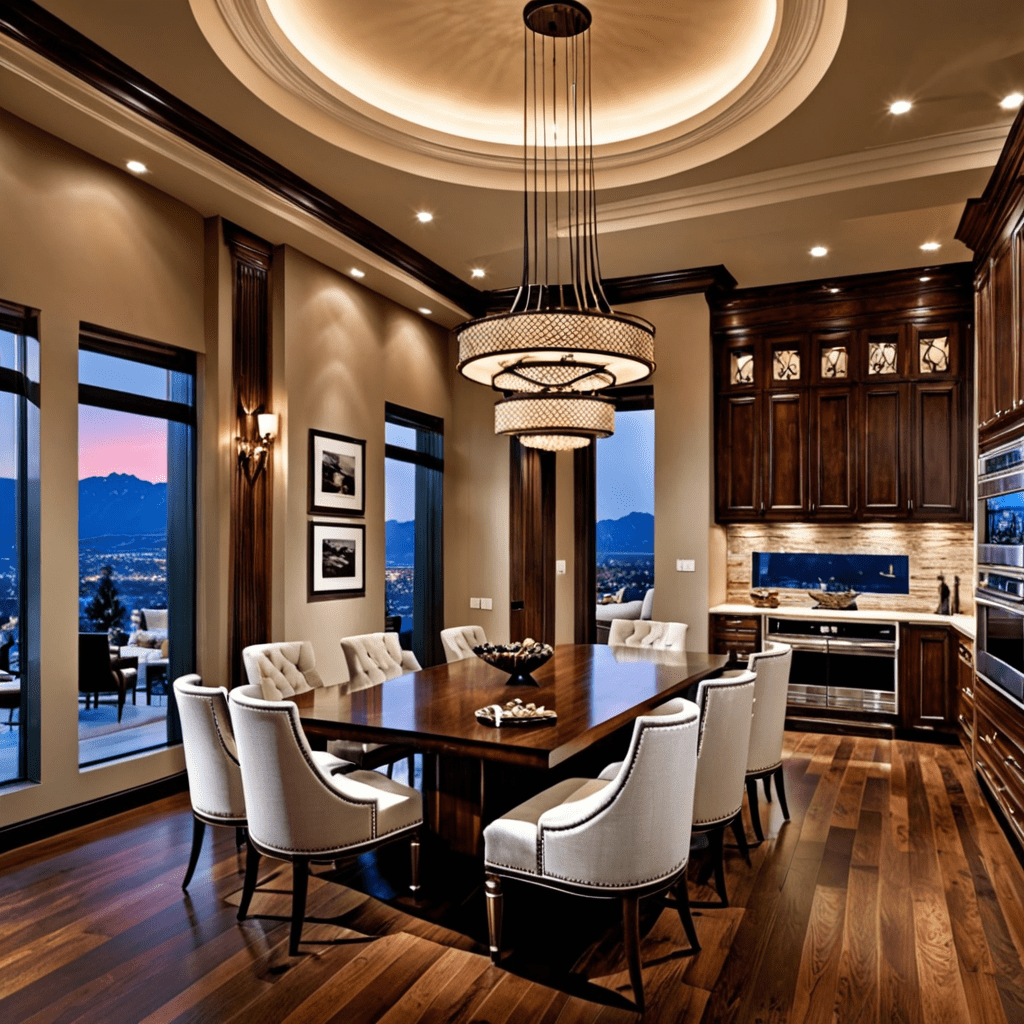Unveiling the Art of Concept Boards in Interior Design
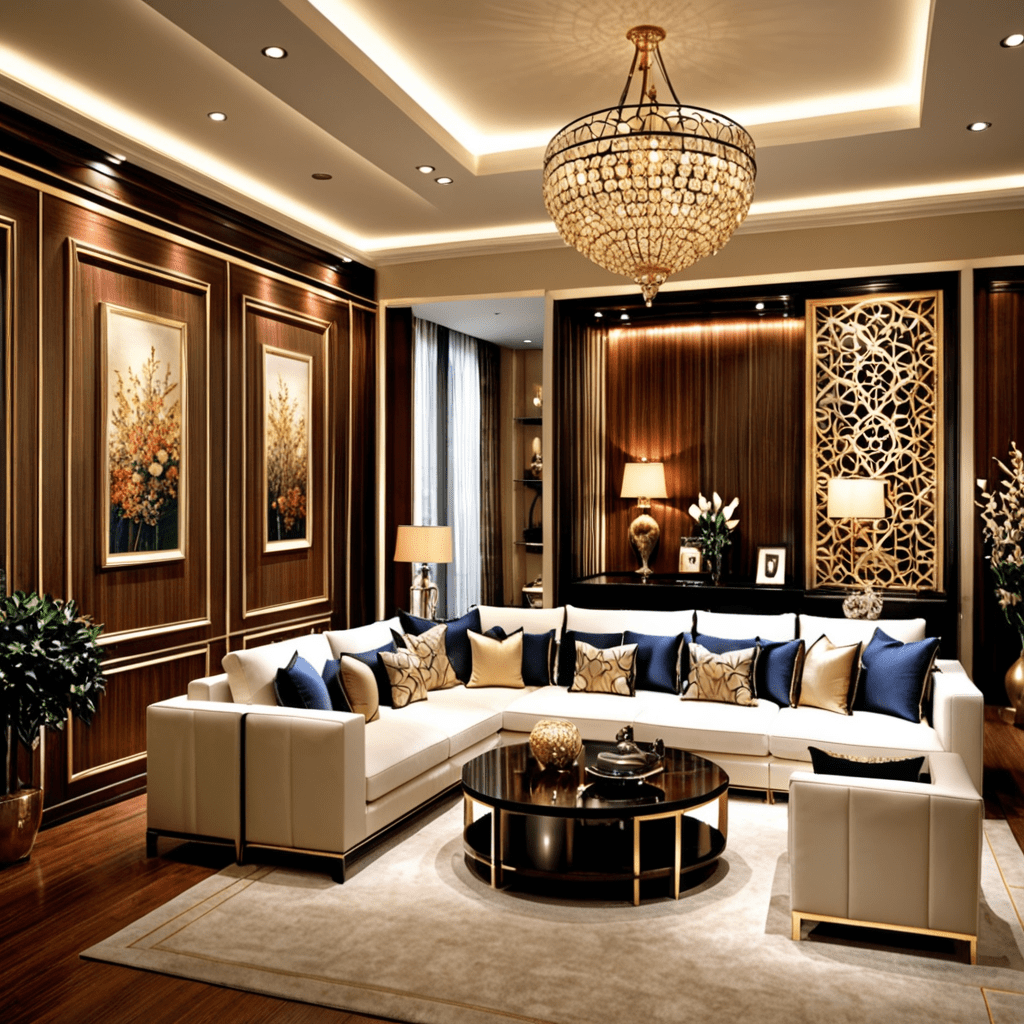

Unveiling the Art of Concept Boards in Interior Design
When it comes to interior design, one of the most crucial steps in the creative process is the development of a concept board. A concept board serves as a visual representation of the overall design concept, capturing the essence of the intended space. This pivotal tool helps interior designers communicate their vision to clients and collaborators efficiently. Let’s delve deeper into the art of concept boards and understand their significance in the realm of interior design.
Understanding Concept Boards
A concept board, also known as an inspiration board or mood board, is a curated collection of images, materials, textures, colors, and patterns that collectively embody the aesthetic and feel of a design concept. It serves as a starting point for the entire design process, guiding the selection of furniture, fabrics, finishes, and décor elements.
The Creation Process
To create a concept board, interior designers gather inspiration from various sources such as magazines, websites, samples of materials, and photographs. These visual references are then organized on a board or digital canvas, creating a cohesive visual narrative that encapsulates the design direction. Whether physical or digital, the concept board is a powerful tool for conveying the intended ambiance and style to the client.
Bringing the Vision to Life
Once the concept board is finalized and approved, it becomes the roadmap for the design project. It guides the selection of furniture, fabrics, color palettes, and decorative elements, ensuring that every design decision aligns with the established concept. This visual reference also helps clients envision the final outcome, fostering a shared understanding between the designer and the client.
The Significance of Concept Boards
Concept boards play a pivotal role in the interior design process for several reasons. Firstly, they facilitate effective communication by visually articulating the design intent, thereby minimizing misunderstandings and ensuring a unified vision among all stakeholders. Moreover, concept boards provide a tangible reference point throughout the design journey, serving as a source of inspiration and guidance for both the designer and the client.
Embracing Creativity and Versatility
Concept boards offer a platform for boundless creativity, enabling designers to explore diverse themes, styles, and moods before narrowing down the final concept. Furthermore, they are versatile tools that can be adapted to various design projects, whether it’s for residential interiors, commercial spaces, or hospitality environments. Regardless of the design context, a well-crafted concept board serves as a catalyst for innovation and ideation.
Enhancing Collaboration and Decision-Making
In collaborative projects, concept boards foster open dialogue and inclusive decision-making, allowing all involved parties to contribute to the visual narrative of the design. This collaborative approach strengthens the sense of partnership and ensures that the final design reflects a collective vision. Additionally, concept boards streamline the decision-making process by providing a visual reference that aids in choosing the most suitable design elements.
FAQ
Q: What elements should a concept board include?
A: A well-rounded concept board typically includes images of furniture, fabrics, color swatches, textures, patterns, and inspirational photographs that collectively represent the desired aesthetic and ambiance.
Q: Are digital concept boards as effective as physical ones?
A: Yes, digital concept boards are equally effective and offer the advantage of easy sharing and collaboration. They allow for seamless integration of images and can be updated effortlessly.
Q: How often should concept boards be revised during a project?
A: Concept boards can be revised as needed, especially in response to evolving client preferences or design developments. However, it’s essential to strike a balance between flexibility and adherence to the initial concept.
In conclusion, concept boards serve as indispensable tools in the realm of interior design, encapsulating the essence of a design concept and guiding the creative journey from inception to realization. With their ability to communicate, inspire, and unify, concept boards stand as a testament to the power of visual storytelling in the world of design.
